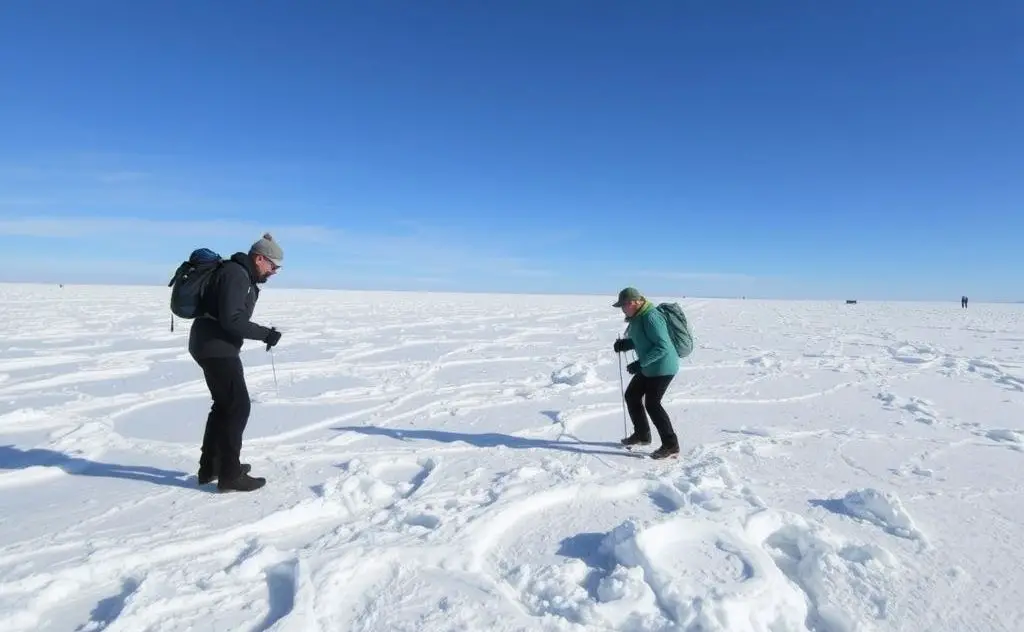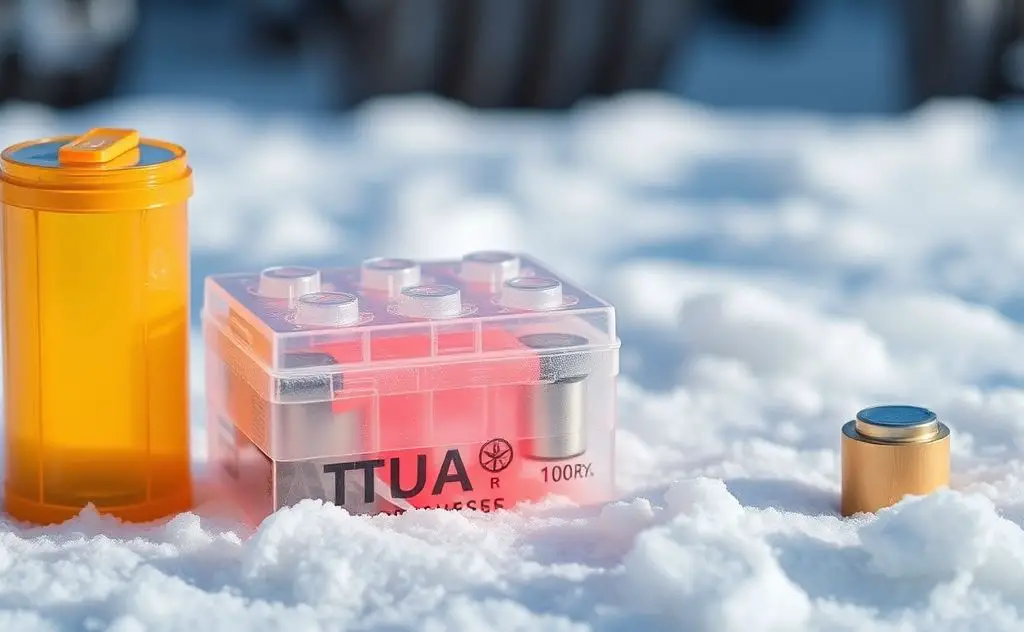In extreme cold, materials can become brittle, lose ductility, and experience increased stiffness, leading to potential fractures or failures due to reduced molecular mobility and altered crystalline structures.
When temperatures plummet below freezing, materials undergo dramatic changes that impact their strength, durability, and functionality. From metals becoming brittle to lithium-ion batteries losing capacity, extreme cold reshapes materials at a molecular level.

The Physics of Freezing: How Cold Changes Material Properties
All materials expand and contract with temperature changes, but extreme cold magnifies these effects. Water expands by 9% when freezing, generating pressures exceeding 30,000 psi – enough to crack pipes or engine blocks. Metals face similar challenges:
- Ductility loss: Steel loses up to 40% of its impact resistance at -40°F
- Embrittlement: Aluminum alloys can fracture like glass below -100°F
- Thermal contraction: Components shrink, causing misalignment in machinery
Case Study: The Vostok Station Challenge
At Antarctica’s Vostok Station (-89.2°C), equipment failures occur because standard lubricants solidify and steel bolts become brittle. Special cold-resistant alloys with nickel additives are required to maintain ductility.

Battery Performance in Subzero Conditions
SLAC National Accelerator Laboratory research reveals lithium-ion batteries suffer permanent damage when stored below freezing:
| Temperature | Capacity Loss After 100 Cycles |
|---|---|
| 25°C (77°F) | 5-8% |
| -20°C (-4°F) | 10-13% |
X-ray analysis shows cathode particles crack like frozen meatballs, while thermal contraction detaches components. This explains why EV batteries struggle in cold climates.
Engineering Solutions for Extreme Cold
Material Selection
Specialized alloys maintain performance at low temperatures:
- Austenitic stainless steels: Retain toughness below -200°F
- Nickel alloys: Inconel remains ductile at cryogenic temperatures
- PTFE seals: Replace rubber that hardens and cracks
Thermal Management
Systems like pipe heaters prevent freezing damage. For batteries, pre-warming systems maintain optimal operating temperatures.
Industrial Applications in Extreme Environments
Space Exploration
Mars rovers use radioisotope heaters to maintain electronics at -73°C. The Ingenuity helicopter’s batteries require careful thermal management during Martian nights.
Cryogenic Storage
Liquid nitrogen tanks (-196°C) use special stainless steels with low thermal expansion coefficients to prevent stress fractures.
As research continues, new materials like sodium-ion batteries may offer better cold-weather performance for energy storage applications.

